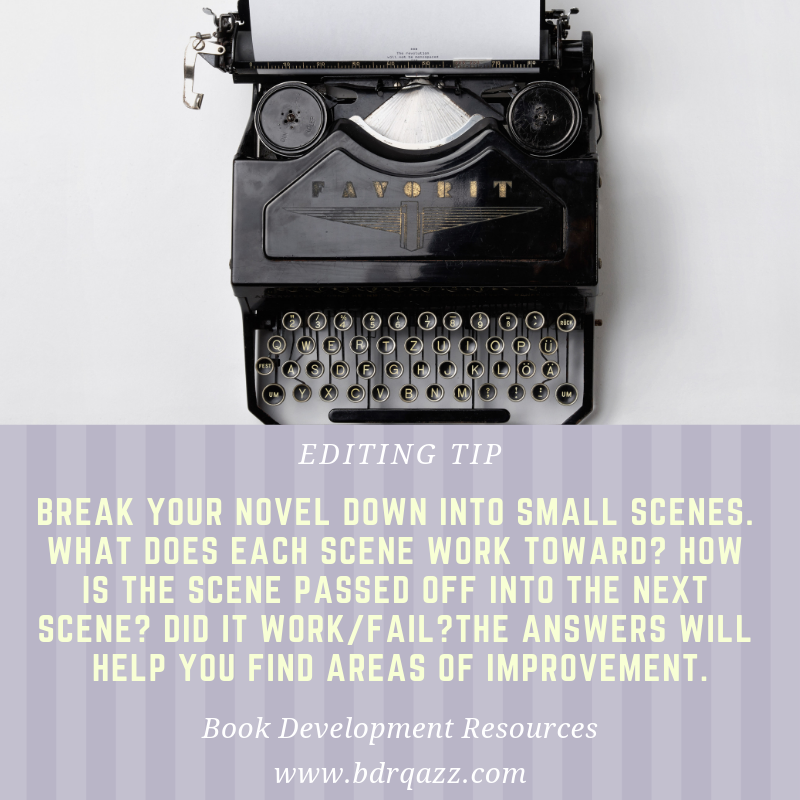Re-outlining your book is a strategy to help you identify needed revisions in your WIP. This is done by outlining the book after you’ve written it, even if you already have a written outline. Once you have the new outline, you can compare it to the book (and the first outline if you have one) and make decisions from there.
How should I re-outline my WIP?
There are three re-outlin strategies you can use, and each one analyzes your WIP differently. These are:
- Comparison Re-Outline
- Memory Re-Outline
- Analytical Re-Outline
This guide will go over each strategy and explain how best you can utilize it.

Comparison Re-Outline
The comparison re-outline is where you compare the outline you wrote before you wrote your novel to the outline you wrote after the novel (the re-outline). This only works if the re-outline is an exact reflection of what you wrote in your WIP.
As you compare the two outlines, find where the re-outline (the WIP-based outline) deviates from the original outline. From there, analyze the deviations. Do the deviations help or detract from the story? Are the deviations self-indulgences, or are they a better way to progress plot or character arcs? Do you need to remove the deviations? Or can you revise them to make them stronger?
As you analyze the deviations, decide if you want to keep them, remove them, or change them. This will help make sure you have written the story that needs to be written, not the story with fluff that felt right in the moment when you were writing it.

Memory Re-Outline
The memory re-outline is when you write an outline based on your memory of your WIP. Don’t look anything up. Don’t look in your notes. Only write the re-outline from your memory.
This works because the story in your memory is where the real story is. Compare it to what you wrote in the WIP. Anything in the WIP that doesn’t align with the re-outline’s story (your memory’s story) is considered extra. This extra is where you deviated from the real story.
As with the comparison outline, you want to analyze the deviations, the extra. Does the extra help the story? Or is the extra written from self-indulgence in your own skill? If it’s from self-indulgence, then you need to trim it.
As you analyze the extra, you’ll be able to strengthen the story content of your WIP and ensure it is the best story possible.

Analytical Re-Outline
The analytical outline is where you break down your outline/WIP into small sections and then analyze each one and how they contribute to each other. This will help you see the smaller parts of the book and how they interact.
If possible, we recommend breaking it down into chapters, sections (if you have multiple parts/sections in a chapter), and scenes (smaller sections within the chapter/part/section). This way, you can look at the individual scene and how all the scenes contribute to the chapter as a whole.
After you’ve broken down the re-outline into sections, analyze the objective of each section. The following questions can help you analyze the objective and how it works for each section.
- What is the objective?
- What is worked toward and passed off into the next scene/section?
- Does it fail?
- Does it work?
- How can you achieve the objective better?
- Is there an objective at all?
Breakdown of the questions:
What is the objective?
The objective is the goal you are trying to accomplish with the scene, chapter, or part. Whether it pushes the plot along or pushes it back two steps, it doesn’t matter. You just need to know what your goal was for the scene.

What is worked toward and passed off into the next scene/section?
Part of the objective is what you are working toward and what moves into the next scene. Sometimes this can be a mini-objective or the main objective for the scene, but something has to happen and then carry over. For example:
Scene 1: Amanda is searching for her favorite hat in her grandmother’s basement.
Scene 2: Amanda is talking to her cousin who she hasn’t seen in decades.
If the objective in scene 1 is for Amanda to find her hat, does finding her
As you identify each main objective and mini-objective, see how it passes into the next scene (or to the next future scene from that perspective if you have multiple perspectives). This will help you see if the how and why
Does it fail?
If something is supposed to pass off into the next scene and doesn’t, then you need to figure out why it didn’t pass into the next scene. The why is what you will focus on fixing during an edit or revision. Once you’ve identified the why, you can rewrite the scene so the objective passes off properly.
Does it work? and How can you achieve the objective better?
If what is worked toward does pass off into the next scene, analyze how it worked. How did you write it? How well did it work? How can you improve it? The how lets you find areas that you can improve during revision so the objective is accomplished and passed off into the next scene in the best possible way.
Is there an objective at all?
If you can’t find an objective for the scene, especially one that continues into another scene and contributes to a plot or character arc, then you need to ask why you wrote the scene. If it doesn’t contribute to the story, then you need to revise it so that it has an objective or remove it so doesn’t take up space.
The Why
The re-outline strategies can help you during the self-editing phase as you work on your own WIP. By using one, two, or all three re-outline methods, you can analyze the story and how it’s written to find areas that need revision, cut, or added to. It will help improve the cohesiveness and overall story of your WIP by giving you a new perspective on your story and writing.